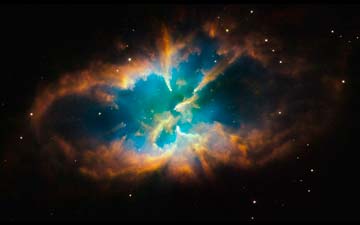
Remnants of a dead star
Dying stars don't go quietly into the night. They explode and leave behind a shell of gas and dust, which astronomers call planetary nebulae. Some are quite beautiful, such as this one in the southern constellation of Pyxis.
brought to you by
Windowpane Observatory
share:

Dying stars don't go quietly into the night. They explode and leave behind a shell of gas and dust, which astronomers call planetary nebulae. Some are quite beautiful, such as this one in the southern constellation of Pyxis.
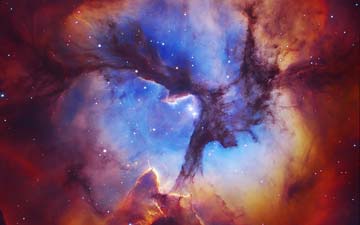
Some nebulae are birth places, not death shells. Here, in the heart of the Trifid Nebula, you're looking at the birth of new stars!
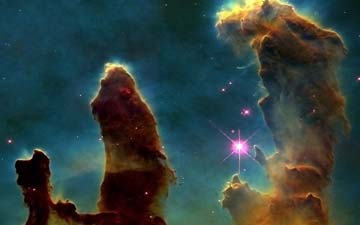
Another stellar nursery. This spectacular image from the Hubble Space Telescope reveals giant billowy gases that are throwing off new stars in formation.
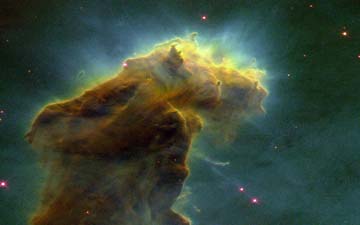
This spire of star-forming gas in the Eagle Nebula is about 9.5 light years tall, which equals 56 trillion miles or 90 trillion km.
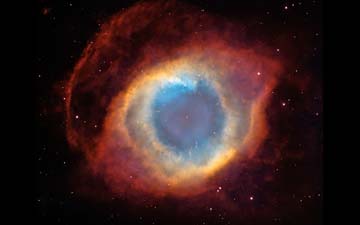
The Helix is a planetary nebula, the death shell of a dead star. The explosive death of a star creates intense ultraviolet radiation, which causes the debris to glow.
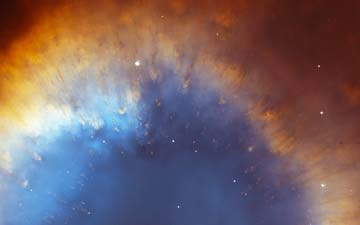
The specks of debris seen against the blue glow are cometary knots. Each is about the size of our solar system.
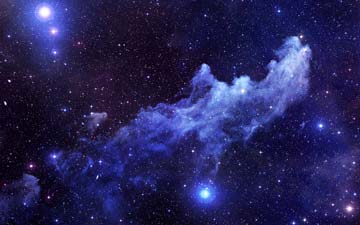
This is the last remnants of an ancient supernova. A supernova is the super-massive death explosion of a very large star.
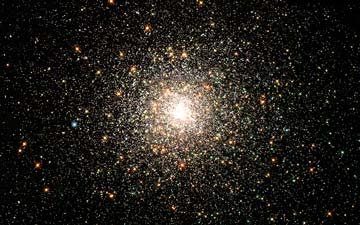
Globular clusters are concentrated clusters of stars orbiting a central core. This one cotains hundreds of thousands of stars and is thought to be about 12.2 billion years old.
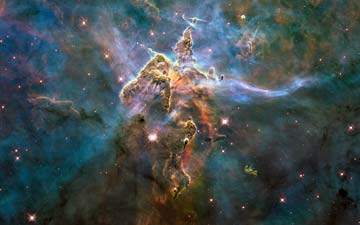
Do you see the young stars just birthed into existence? This is a close-up view of a towering dust-gas pillar that stretches 18 trillion miles (29 trillion km) in height.
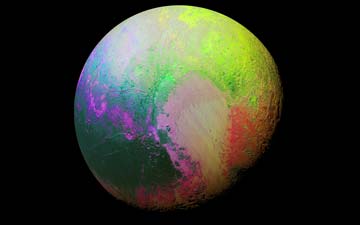
In July 2015, NASA's New Horizons interplanetary space probe amazed the world with detailed images of faraway Pluto. It took the probe over 9 years to get there, and it passed by Jupiter on its way. This image has been color-enhanced to depict Pluto's distinct geographic features.
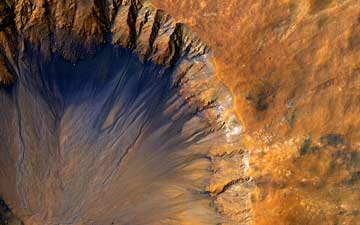
Mars has more than 43,000 craters that are at least 3 miles (5 km) wide.
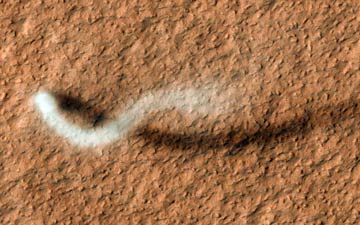
Mars has the most violent dust storms of any planet in our solar system. Martian dust storms can top 125 mph, last for months and spread across the entire surface.
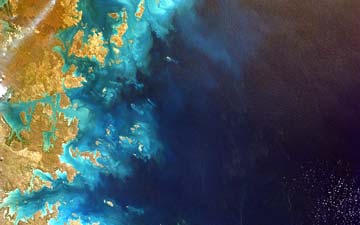
This picture was snapped by an astronomy student on Earth who remotely controlled the International Space Station's EarthKAM camera.
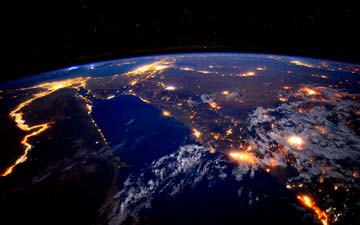
The Nile River can be seen at the far left of this image, which was taken from the International Space Station, 200 miles (322 km) from Earth.
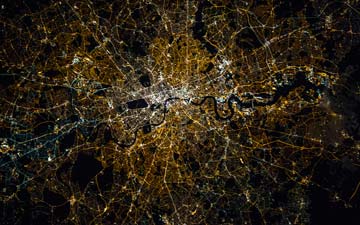
The city of London shines like a jewel in this image taken by astronauts aboard the International Space Station during a nighttime flyover of England. Did you know you can see the Space Station in the night sky? Check out the Space Station flyover schedule.
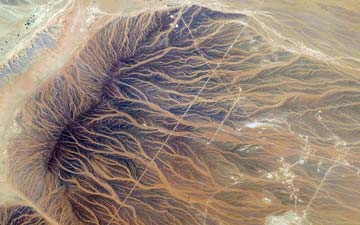
NASA astronaut Kjell Lindgren took this photograph on Nov. 11, 2015 from the International Space Station.
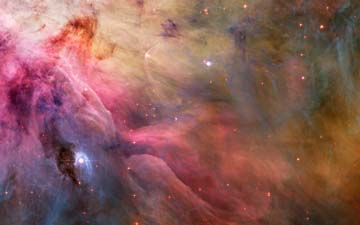
This is one of the brighest nebulae in our night sky due to its size and close proximity. The Orion Nebula is estimated to be 24 light years wide (one light year being about 6 trillion miles or 9.6 km). It is an active star-forming region, evidenced by the small pink stars.
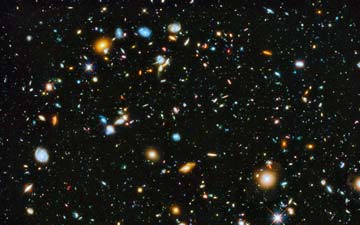
This image depicts the furthest stretches of the known universe, extending back in time to just a few hundred million years of the big bang. You're looking at about 10,000 galaxies of enormous size and variety.